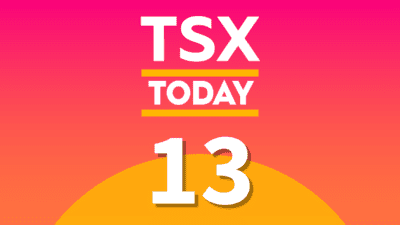Financial systems that are enabled by blockchain tech are called decentralized finance, or DeFi. These are often associated with Ethereum’s blockchain and all the other cryptocurrencies built on this network. DeFi participants aim to eliminate the need for an intermediary such as a regulatory body, and to disrupt legacy financial systems.
Several DeFi protocols such as SushiSwap (CRYPTO:SUSHI) and Aave (CRYPTO:AAVE) allow users to stake their cryptocurrencies and earn a passive stream of income. According to Statista, the amount of cryptocurrency held in global DeFi markets rose from US$1.62 million in 2017 to US$100.5 billion in October 2021. In January 2022, this figure declined to US$81 billion.
Here, we look at two DeFi protocols that have gained significant traction in this space.
SushiSwap
A cryptocurrency that is also a decentralized exchange, SushiSwap was launched in August 2020. Valued at a market cap of US$808 million, the total value locked on the SushiSwap platform is US$2.23 billion. The price of the SUSHI token has risen by 440% in the last 16 months but is still down 86% from all-time highs.
SushiSwap is an automated market maker, allowing users to trade cryptocurrencies. These trades are processed using smart contracts. SushiSwap has liquidity pools where users can lend their digital assets, a process known as cryptocurrency staking.
Unlike centralized exchanges such as Coinbase, users don’t have to create an account on SushiSwap. You need to connect your wallet to the SushiSwap application and use it to trade, swap, lend, or borrow cryptocurrencies. So, you need to have cryptocurrencies in your wallet to trade on SushiSwap as the DEX does not allow you to buy digital assets via a debit or credit card.
SushiSwap is also a governance token. It provides SUSHI token holders with voting rights to vote on development proposals of the protocol. Additionally, if you stake your token on the DEX you will receive a percentage of the swap fees as well, diversifying your income earning potential.
Aave
Launched in 2020, Aave is probably the largest DeFi protocol in the world, with a total value locked of US$8.91 billion. The AAVE token has risen from the ICO (initial coin offering) price of US$1.76 to its current price of US$130. Valued at a market cap of $2.01 billion, Aave is the 54th-largest cryptocurrency in the world.
It offers a wide variety of products to users that has allowed Aave to expand its ecosystem at a rapid pace over the last two years.
Let’s say an investor has plowed in $10,000 in the BTC token. But due to a financial emergency, the user now wants to liquidate a part of this investment. So, the investor can either sell a portion of the BTC token or apply for a personal line of credit from traditional banking partners.
Generally, the interest rates for payday loans are expensive and predatory. So, investors can now pledge their cryptocurrency tokens on Aave and receive a loan in the form of digital assets such as DAI that are pegged to the U.S. dollar. The DAI can be transferred to a crypto-exchange such as Coinbase from where you can cash out via fiat currencies.
The investor is eligible to borrow up to 75% of the amount of the cryptocurrency pledged and pay a lower interest rate (around 4%) instead.
The Foolish takeaway
We can see DeFi protocols are widening their suite of products and providing financial services at a far lower cost compared to traditional finance participants.








